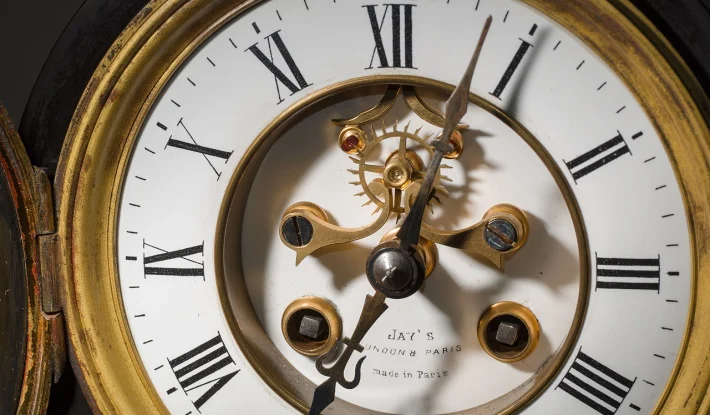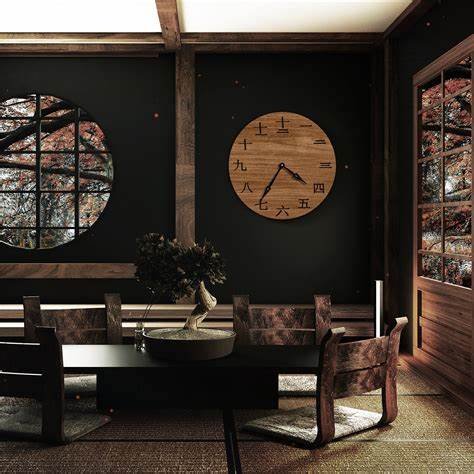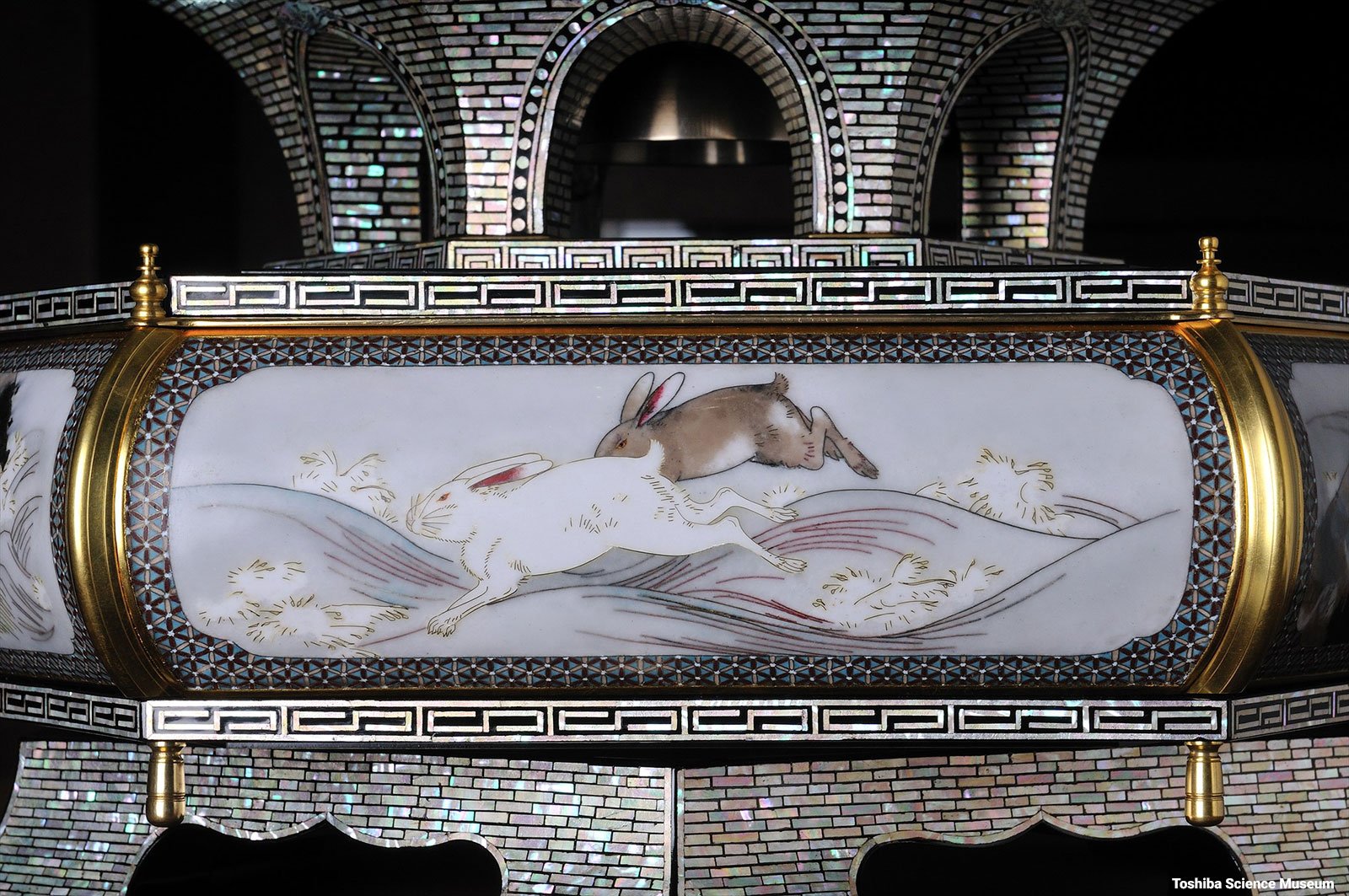Japanese clocks hold a fascinating history, traveling across cultures and continents, particularly from Japan to America. Their journey reflects the evolution of craftsmanship, innovation, and design that captivated collectors, historians, and enthusiasts worldwide. The export of Japanese clocks to America marked not just a trade of timepieces, but a cultural exchange that shaped the horological landscape.
The Origins of Japanese Clocks
Japanese clocks, or “wadokei,” date back to the Edo period (1603-1868). During this time, Japan developed its own unique method of timekeeping, based on seasonal hours. Traditional Japanese clocks divided the day into unequal hours, adjusting with the changing length of daylight throughout the year. This system, quite different from the Western 12-hour clock, required skilled craftsmanship and complex mechanisms.
Initially, these clocks were not widespread outside Japan, as the country was largely closed off from foreign trade until the mid-19th century. However, with the Meiji Restoration in 1868 and Japan’s subsequent modernization, Western-style clocks became more common, and Japanese horologists began to adopt and merge these ideas with their own designs.
The Introduction of Japanese Clocks to America
The opening of Japan to international trade in the late 19th century marked the beginning of Japanese clocks’ journey to America. Western influence on Japanese clockmaking grew, and Japan started producing more standardized timepieces. By the early 20th century, Japanese clockmakers were exporting a variety of clocks to America, including mantel clocks, wall clocks, and pocket watches.
Japanese clock companies, such as Seikosha (which later became Seiko), were among the pioneers in bringing Japanese clocks to the American market. Their timepieces were appreciated for their craftsmanship, precision, and affordability. These clocks found their way into American homes, offices, and public buildings, slowly gaining recognition for their reliability and design.
The Appeal of Japanese Clocks to American Collectors
By the mid-20th century, Japanese clocks had gained a significant following among American collectors. Part of the appeal lay in the unique craftsmanship and attention to detail that characterized Japanese clockmaking. Antique Japanese clocks, in particular, became highly sought after for their intricate designs, historical value, and mechanical complexity.
One type of clock that fascinated collectors was the wadokei with its unequal hour system. Though no longer in use, these clocks represented a unique cultural artifact, offering a glimpse into Japan’s history and its early approach to timekeeping. The craftsmanship involved in creating these mechanical clocks, especially in the Edo period, added to their desirability among antique enthusiasts.
Japanese Clock Design and Its Influence on American Styles
The influence of Japanese aesthetics on American clock design is notable, particularly in the realm of minimalism. Japanese design principles emphasize simplicity, functionality, and harmony with nature—qualities that resonated with American designers, especially in the mid-20th century.
As American designers looked to streamline and simplify products, Japanese clocks with their clean lines, natural materials, and unadorned beauty provided a source of inspiration. These design elements are still visible in modern American timepieces, where the less is more philosophy continues to influence the aesthetics of contemporary clockmaking.

The Rise of Japanese Watchmakers in America
In the second half of the 20th century, Japanese watchmakers began to dominate the global market, including America. Brands like Seiko and Citizen became household names, known for their technological innovation and affordability. Seiko’s invention of the quartz watch in 1969 revolutionized the industry, offering unprecedented accuracy and durability at a lower cost compared to mechanical watches.
This breakthrough not only solidified the presence of Japanese timepieces in America but also led to an increased interest in the broader history of Japanese horology. Clocks, once overshadowed by watches, also began to receive more attention, especially from collectors seeking vintage or antique models.
Japanese Clocks in Modern American Homes
Today, Japanese clocks continue to enjoy popularity in American homes, blending tradition and modernity. Contemporary Japanese clocks are known for their minimalist design, often featuring natural materials like wood and stone. These clocks seamlessly integrate into modern interiors, appealing to those who appreciate both functionality and aesthetic beauty.
The trend toward sustainable and eco-friendly design has also bolstered the popularity of Japanese clocks in America. Many Japanese clockmakers now emphasize the use of recycled or sustainable materials, aligning with the growing demand for environmentally conscious products.
The Cultural Exchange Between Japan and America
The journey of Japanese clocks to America is more than just a commercial story—it represents a broader cultural exchange. As Japanese timepieces entered the American market, they brought with them a piece of Japanese tradition, philosophy, and craftsmanship. Conversely, Japan’s clock industry was influenced by Western timekeeping systems and industrial techniques, creating a fusion of East and West in the design and functionality of their clocks.
This exchange continues to shape both cultures, with modern Japanese clocks now reflecting a blend of traditional craftsmanship and contemporary Western influences. In America, the appreciation for Japanese clocks remains strong, with antique clocks from Japan holding a special place in collections and museums.
Conclusion
From their origins in the Edo period to their influence on modern design, Japanese clocks have made a lasting impact on American horology. Their journey from Japan to America is a testament to the enduring appeal of Japanese craftsmanship and design. Today, whether found in a collector’s cabinet or adorning a modern home, Japanese clocks continue to bridge the cultural and artistic gap between the two nations.




